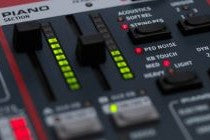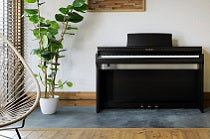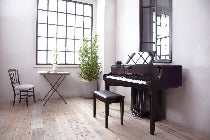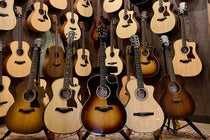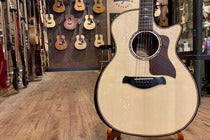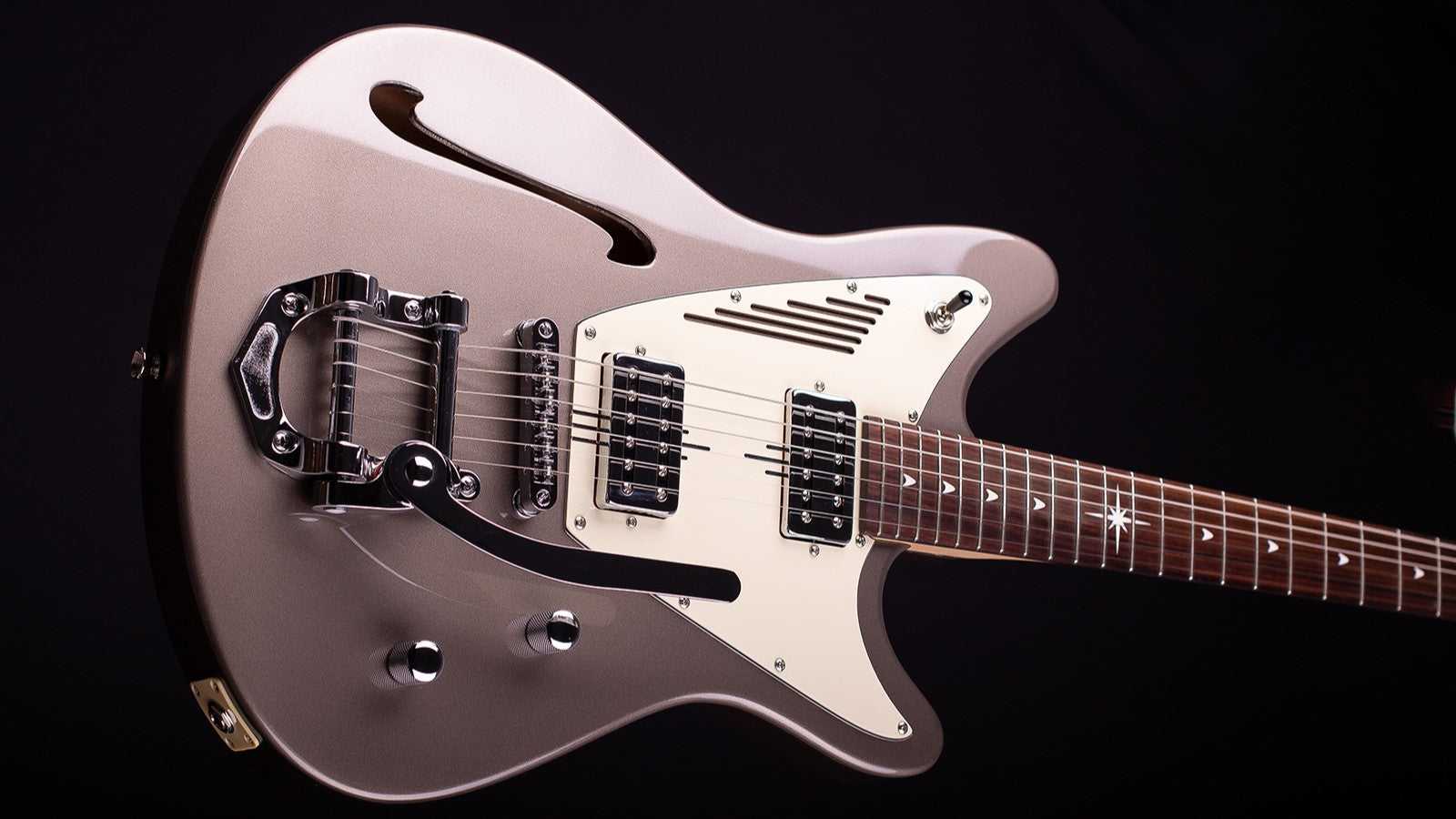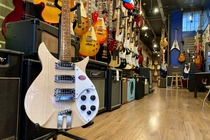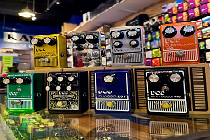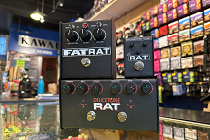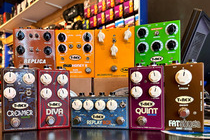We get a lot of customers in the store asking about truss rod adjustments, and they all seem to have the same preconception - DO NOT TOUCH! Hopefully, the following will demystify what the truss rod does, and that you really don't need to be as scared of it as you think!
The strings of a steel string guitar is putting around 70lbs of pressure on the neck of a guitar. This would snap a guitar neck unless it was supported in some way. This is the job of the truss rod - it provides counter-force against the string tension, effectively keeping the neck straight (near enough). A guitar with a loose truss rod with exhibit a bowed neck, with the action very high at the higher frets, and possibly buzzing around the 12th fret. A guitar with a very tight truss rod might exhibit a straight or even a back-bowed neck (convex with the guitar lying on it's back). This will likely cause fret buzz around the lower frets.
If your guitar is suffering from either of the above symptoms, a small adjustment might be all that is required. Truss rod screws are located either at the headstock or at the body end of the neck. To tighten a truss rod (make the neck straighter), the screw should be turned clockwise, and anti-clockwise to loosen (make the neck more bowed) - LEFTY LOOSEY, RIGHTY TIGHTY.
Here is where caution is required. Firstly, only use the correct tool for the job, usually provided with the guitar on purchase. Stripping a screw renders the truss rod useless, and will be a very expensive repair! Secondly, don't adjust any more than a 1/4 turn at a time. With every 1/4 turn, check neck bow by holding the low E string at the 1st fret and simultaneously at the fret where the neck meets the body. Gently touch the string at around the 9th fret and see how much room there is between the string and the 9th fret. It should JUST bounce, with about 0.3mm gap. If the string is touching the 9th fret, the neck is back-bowed and the truss rod needs loosening. If the string travels a fair distance down to the 9th fret, the neck will need to be straightened. If you go slowly and with 1/4 increments, checking your work as you go, there is little chance of damaging the guitar.
One final point - if at any point, you feel the truss rod needs to be forced, STOP! It should feel tight, but shouldn't need excessive torque to turn it.
Of course if you have any difficulties please feel free to come see me in store.
Until next time, TECH care of yourselves and your guitars.
Ed

